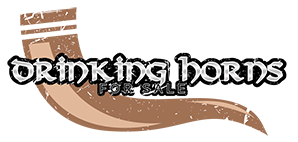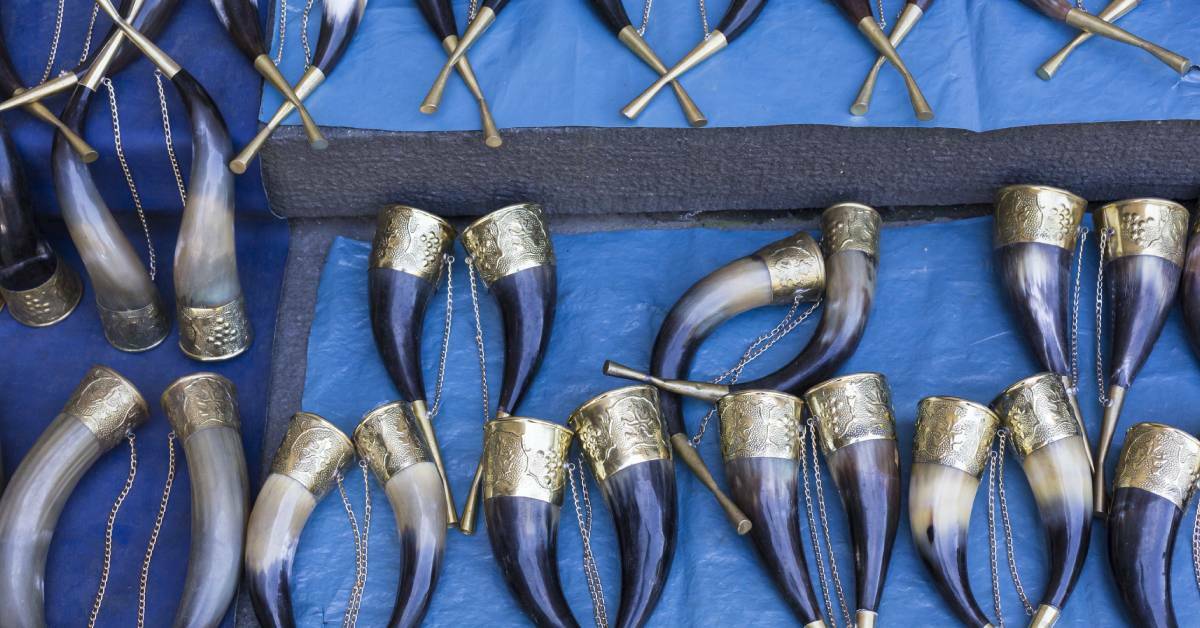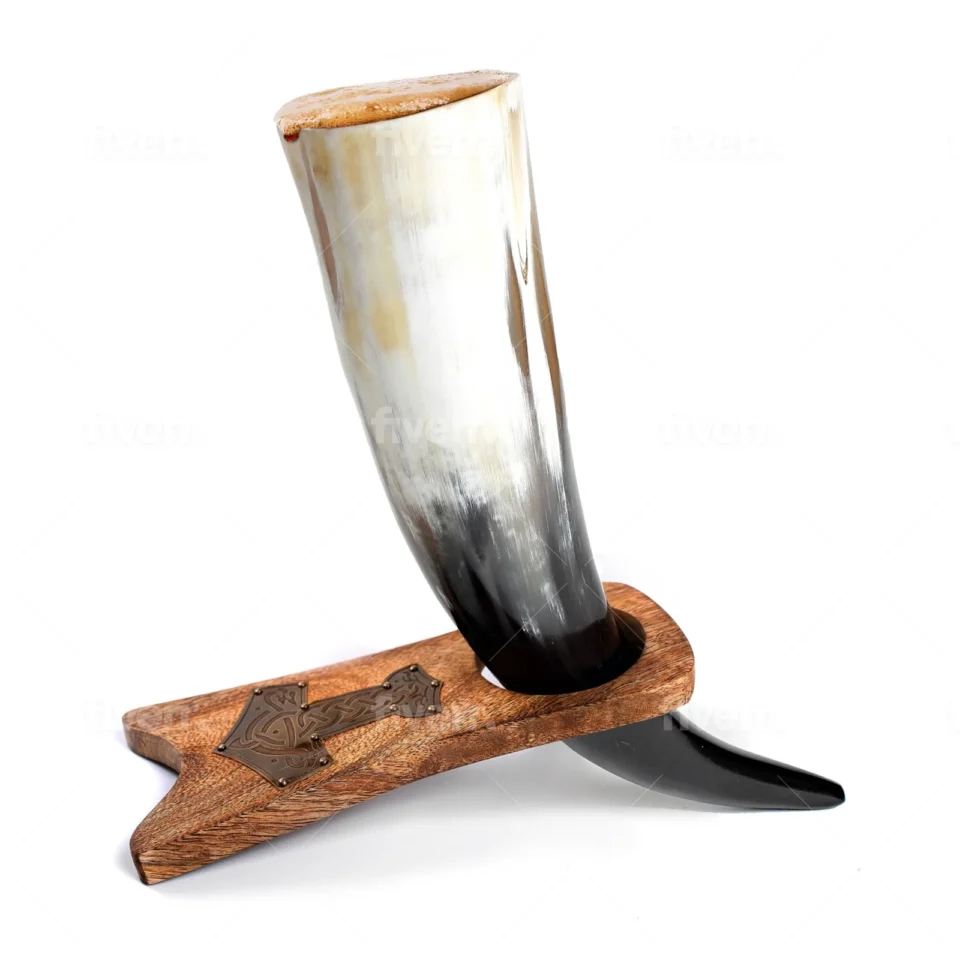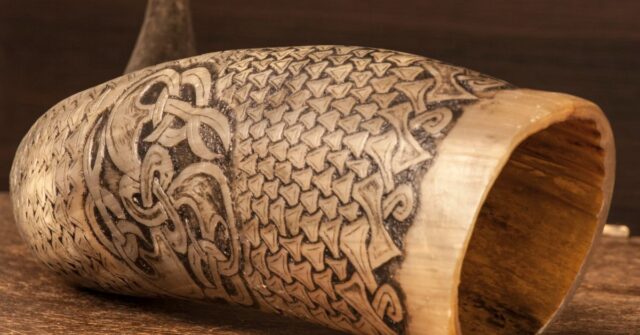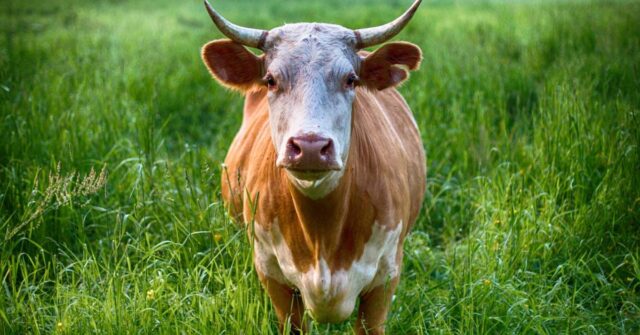The drinking horn, an age-old symbol of hospitality and feasting, has served various purposes throughout history.
This article explores the intricate art of carving a drinking horn, a process steeped in tradition, skill, and cultural significance.
From the raw material acquisition to the final embellishments, we take a comprehensive journey through this fascinating craft.
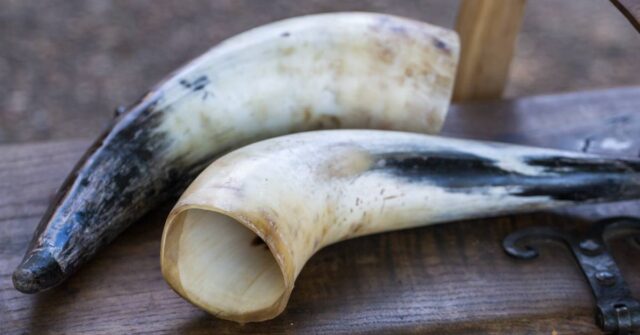
Introduction
Carving a drinking horn requires both artistic talent and an understanding of the material – the horn.
This guide will provide a detailed look into every aspect of this craft, including the historical context, preparation of the horn, carving techniques, decoration, and maintenance.
Whether you’re an aspiring artisan or an enthusiastic collector, we aim to enrich your knowledge about this traditional art form.
The History of Drinking Horns
Drinking horns are deeply rooted in history, particularly within cultures known for their herding and hunting traditions.
The use of these objects stretches across continents and millenniums, symbolizing different meanings in different societies.
Origins and Cultural Significance
The first drinking horns trace back to the Scythians, a nomadic people who thrived from 900 BC to 200 AD. These vessels were more than mere drinking utensils; they were symbols of status, wealth, and power.
Over time, they’ve found their place in various societies including the Celts, Greeks, and the Vikings, each adding their unique touch to the tradition.
Drinking Horns in Mythology and Legend
Drinking horns have permeated folklore and legend, further embedding them in our cultural consciousness.
In Norse mythology, for instance, the Mead of Poetry, a drink that bestows the drinker with skaldic (poetic) abilities, was said to be contained in a massive horn.
Understanding the Material: Horn
The raw material, the horn, plays a significant role in the artistry of drinking horn carving. It’s important to understand where the horns come from, their unique properties, and how they’re prepared for the carving process.
Acquisition and Ethical Considerations
The horns used in crafting drinking horns are often by-products of the meat industry, collected from cattle, goats, or buffalos.
It’s crucial to ensure that the horns are ethically sourced and that no animals are harmed solely for their horns. Animal conservation and welfare should always be a priority.
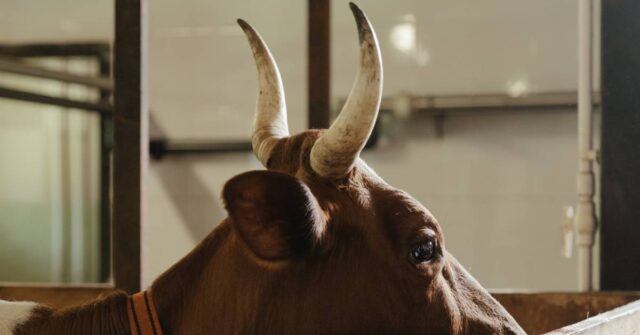
Unique Characteristics of Horns
Horn, by nature, is a strong, durable material that has the capability to last for centuries if taken care of properly.
It has unique aesthetic characteristics, with a wide variety of colors, patterns, and textures that make each drinking horn a one-of-a-kind piece of art.
Treating and Preparing Horn for Carving
Before a horn can be transformed into a drinking vessel, it needs to undergo several preparation steps. This usually involves cleaning, trimming, and sometimes boiling and reshaping.
Only then is the horn ready to receive the artisan’s skillful carvings?
The Art of Carving
Carving is where the drinking horn begins to take shape and gain a personality. This process is a dance between the artist’s vision and the natural form of the horn.
Let’s delve into the tools, design considerations, and techniques involved.
Tools of the Trade
Carving a drinking horn requires a specific set of tools. Traditional artisans may use hand tools such as knives, chisels, and rasps, while modern carvers might use power tools like rotary tools or dremels.
The choice of tools depends on the carver’s skills, preferences, and the intricacy of the design.
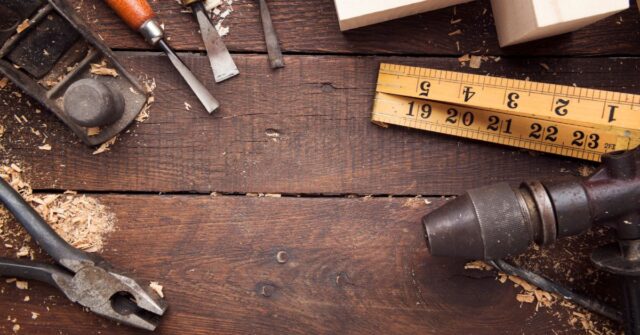
Choosing a Design
Deciding on a design for a drinking horn is a crucial step in the carving process. The design can be inspired by historical motifs, cultural symbols, natural elements, or the carver’s personal imagination.
The only limit is the boundary of the horn and the carver’s skill.
Transferring the Design to the Horn
Once the design is finalized, it needs to be transferred to the horn. This can be done by sketching directly on the horn or using a stencil.
The carver must take into account the horn’s curvature and texture to ensure the design fits naturally and aesthetically.
Carving Techniques and Best Practices
The process of carving can vary based on the intricacy of the design and the carver’s technique. It requires patience, precision, and an understanding of the material.
Beginners may start with simpler designs, slowly working their way up to more complex motifs as their skills develop.
Embellishments and Decorations
Embellishments and decorations add an extra layer of beauty to the carved drinking horn. From color and inlays to engraving and metal fittings, these elements make each piece unique and personal.
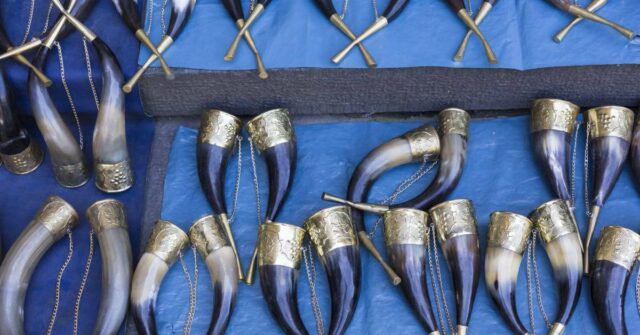
Using Color and Inlay Techniques
While the natural hues of the horn itself are beautiful, additional colors can be added to the carving to make the design more vivid. Various techniques, such as staining or painting, can be employed.
Some artisans also use inlays, embedding materials like precious stones or different types of metals into the horn for added aesthetic appeal.
Engraving and Scrimshaw
Engraving and scrimshaw are techniques that can further embellish a drinking horn.
Engraving involves etching designs onto the horn’s surface, while scrimshaw—originally a maritime art—uses a series of small dots and lines to create intricate images.
Both techniques can add a high degree of detail to the drinking horn.
Attaching Metal Fittings
Metal fittings are often used to embellish the rim and tip of the drinking horn. These fittings, typically made from metals like bronze, silver, or gold, can be ornately decorated and add a touch of elegance and durability to the horn.
Making a Drinking Horn Functional
Once the carving and embellishments are complete, the drinking horn needs to be made functional. This involves creating a mouthpiece and sealing the horn to ensure it’s waterproof and safe for drinking.
Creating the Mouthpiece
The mouthpiece, or the opening of the drinking horn, is typically shaped and smoothed to make it comfortable for drinking.
The size of the opening may vary depending on the size of the horn and the user’s preference. This process may involve grinding, sanding, and polishing.
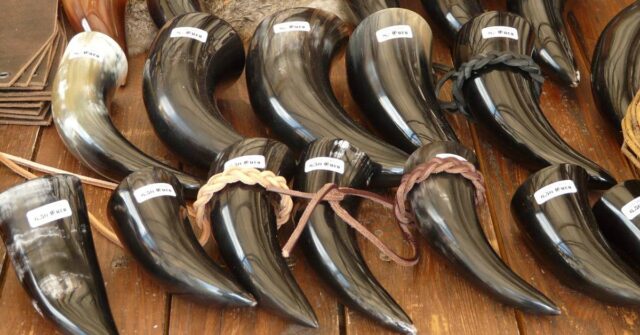
Sealing and Waterproofing
To make the horn suitable for drinking, the interior must be waterproofed. Traditionally, the inside of the horn would be coated with beeswax or a similar natural substance.
Today, food-safe epoxy is also used. This process is crucial to ensure the longevity of the horn and the safety of the user.
Maintaining a Drinking Horn
Once the drinking horn is carved, decorated, and sealed, it needs proper care and maintenance. Let’s explore how to clean, restore, and repair a drinking horn to ensure it remains a functional work of art for generations to come.
Cleaning and Care
Cleaning a drinking horn requires special care to maintain its beauty and longevity.
Generally, it is recommended to hand wash the horn with mild soap and warm water, avoiding harsh detergents or dishwashers that could damage the horn or the sealant.
After washing, the horn should be dried thoroughly to prevent moisture build-up.
Restoration and Repair
Even with careful handling, a drinking horn might need occasional repairs or restorations over its lifetime. Chips or cracks can often be repaired, and the inside of the horn can be re-sealed if necessary.
Working with an experienced craftsman or conservator can ensure these repairs are done properly, preserving the horn for future use.
Appreciating the Art
The art of carving a drinking horn goes beyond its functionality. The skill, creativity, and cultural significance behind each piece are worthy of appreciation.
Let’s look at some famous drinking horn carvings and consider how to display your own drinking horn.
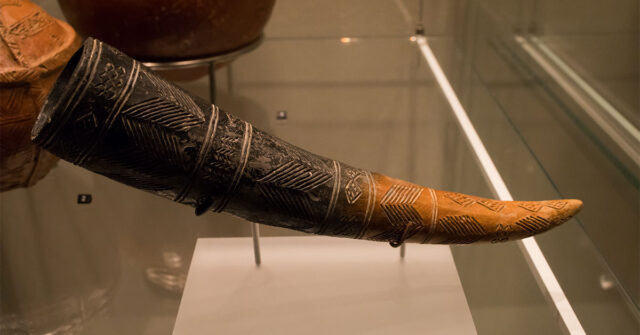
Famous Drinking Horn Carvings
Throughout history, many drinking horns stand out for their intricate carvings and historical significance.
From the Sutton Hoo burial site in England, which yielded an ornate Anglo-Saxon drinking horn, to the legendary ‘Borrindo’ horn, each holds a unique story within its carved designs.
Displaying Your Drinking Horn
Drinking horns, given their aesthetic appeal and historical significance, make wonderful display pieces. Depending on its size and design, a drinking horn can be displayed on a stand, in a case, or hung on a wall.
The method of display not only helps protect the horn but also allows the detailed carving to be fully appreciated.
Conclusion
The art of carving a drinking horn blends history, tradition, and craftsmanship into a singular object.
It’s a journey that starts with an ethically sourced raw material and ends with a beautifully carved, functional vessel steeped in cultural significance.
Whether you’re an artisan, a collector, or simply an admirer, understanding the intricacies of this craft allows you to appreciate each drinking horn as a unique piece of art.
